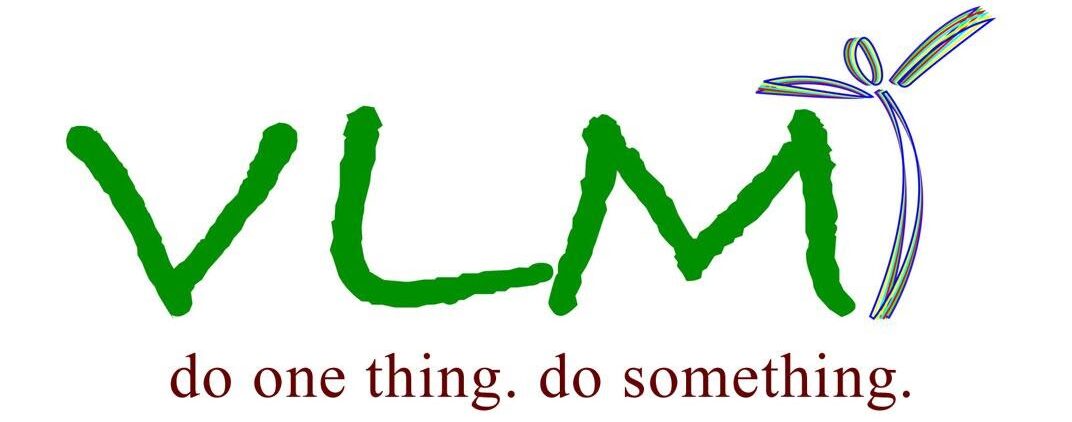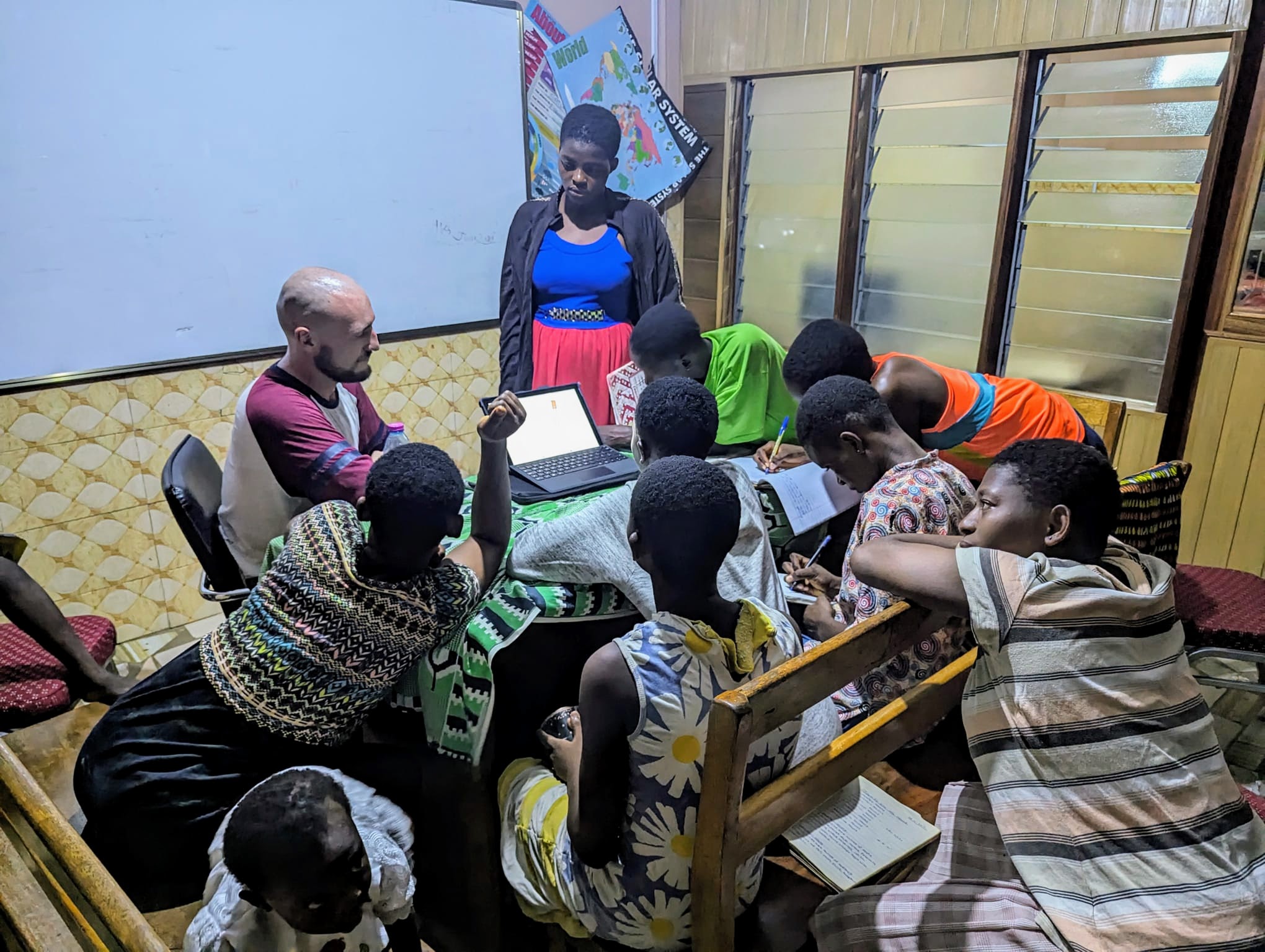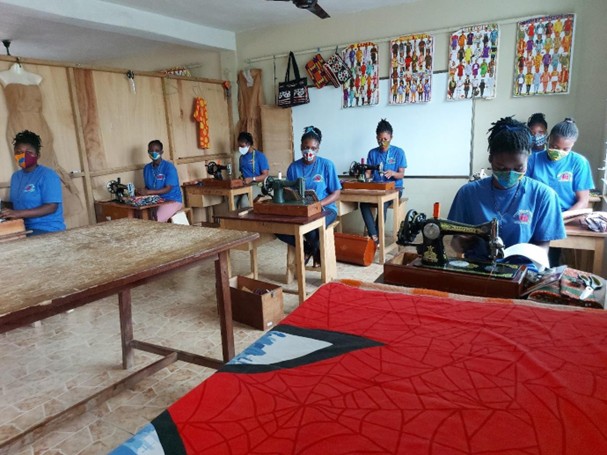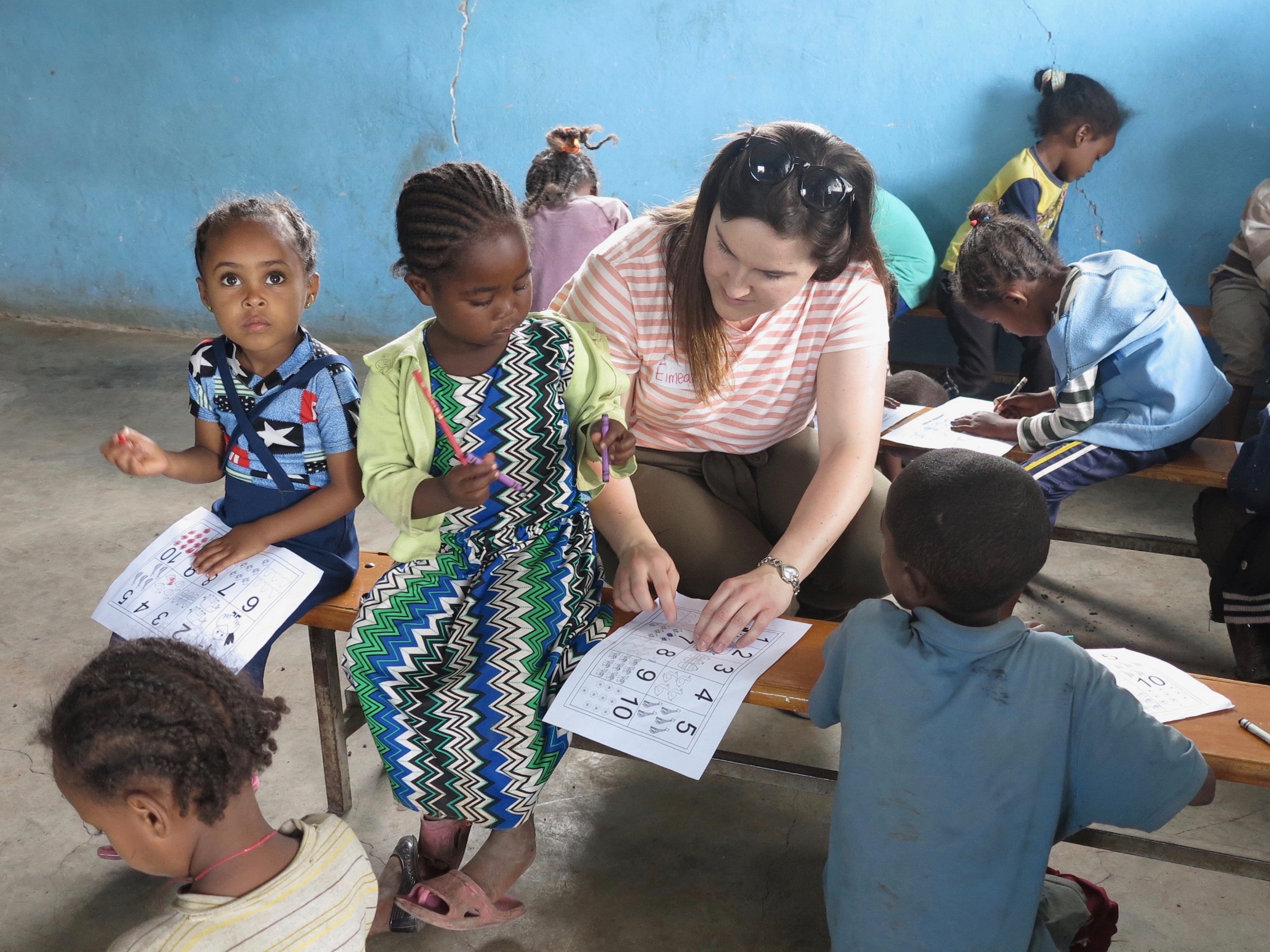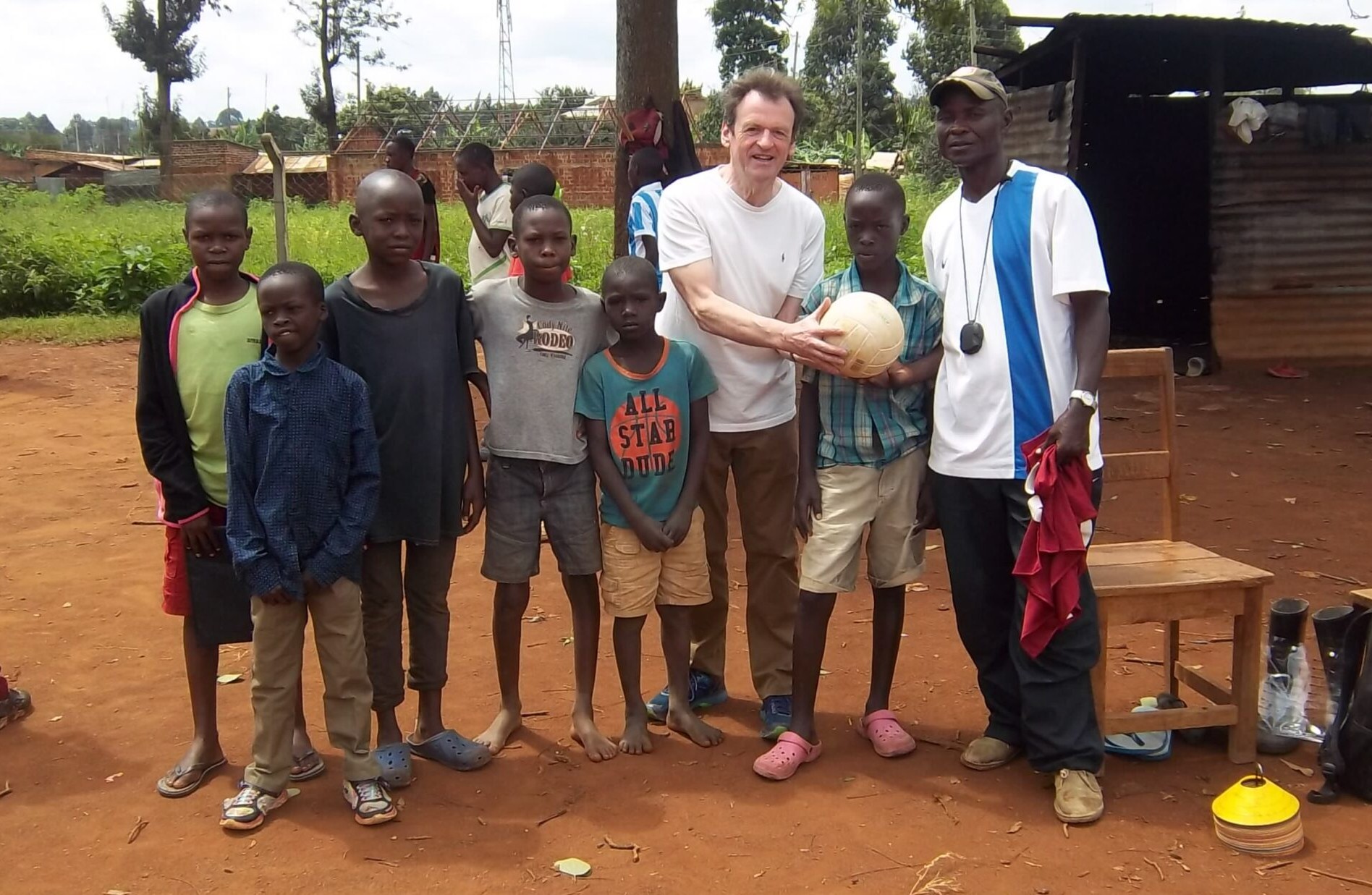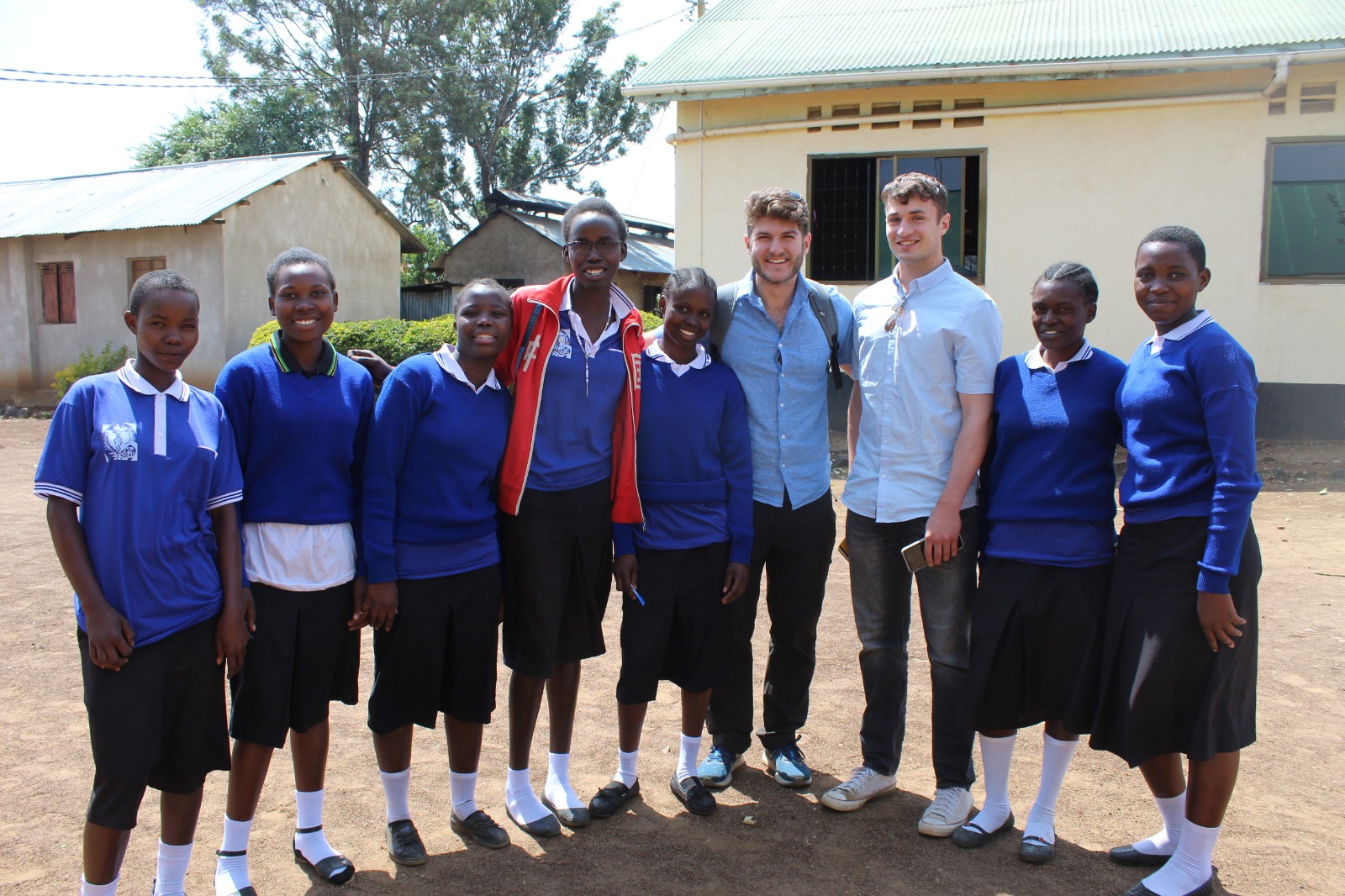Ghana
Overview
The first Vincentian Lay Missionaries (VLM) volunteers travelled to Ghana in 2016. Since then, many have volunteered at the Street Advocacy Project run by the Daughters of Charity in Kumasi, the second biggest city in the country. Ghana is located in West Africa, bordering Cote d’Ivoire, Burkina Faso and Togo. It has a population of nearly 34 million people.
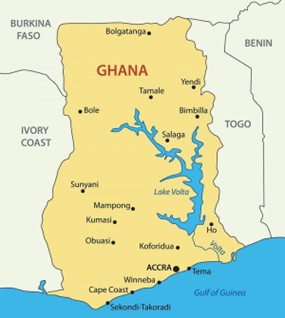
Some facts about Ghana
- Ghana was the first sub-Saharan African country to gain independence from colonial rule.
- Kofi Annan is probably the most internationally known Ghanaian. He was the UN Secretary-General from 1997 to 2006 and is Ghana’s only Nobel Prize Winner, receiving the Peace Prize in 2001 for his ‘work for a better organised and more peaceful world.’
- Ghana was previously known as the Gold Coast due to the large amounts of gold found there. Today, Ghana is the largest producer of gold in Africa and 6th biggest in the world.
- In Ghana, the day of the week a child is born will form part of their name.
- The Ghanaian flag is a simple horizontal tricolour of red-white-green with a central black star. The red signifies the struggle for independence, the yellow the wealth of the country, and the green represents its forests and farms. The black five-pointed start is known as the ‘Lodestar of African freedom’.
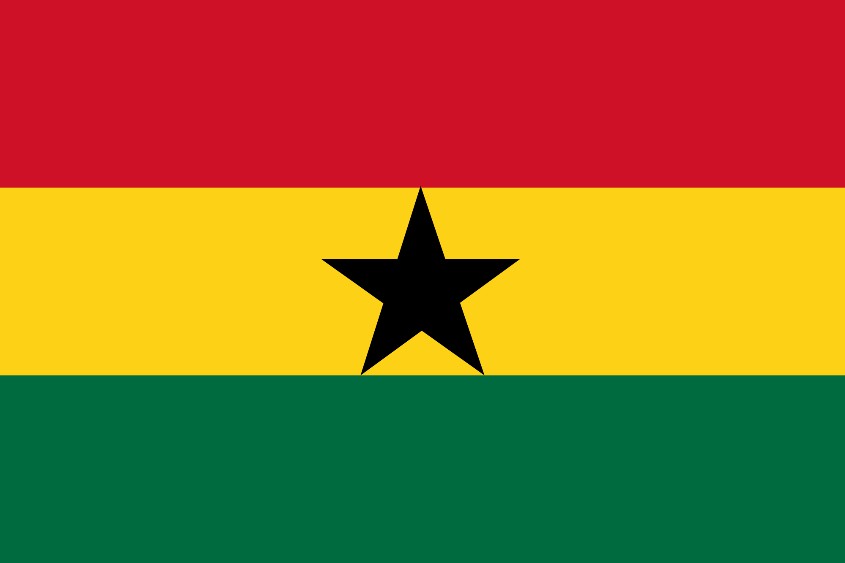
Projects

Kumasi
Projects: Safe Child Advocacy Project
The street children project is located in a suburb of Kumasi, which is the second largest city in Ghana. Getting to Kumasi involves flying to Accra, the capital of Ghana, and then an internal flight from there to Kumasi. The climate is dry and hot, roughly between 20 and 30 degrees.
Many children from poor families in the city and in the north of the country end up on the streets in Kumasi. The Daughters of Charity set this project up primarily as a response to this. They work mostly with girls who have been on the streets. The project has three parts to it –
Vocational training centre – this caters for over 50 girls providing training to enable them to gain employment. Classes in sewing, life skills, personal development, IT, etc.
Drop-In Centre – children can come in here to seek support in trying to get off the streets
Day Care Centre – this kindergarten caters for children of young mothers who have become pregnant living on the streets
The project also does outreach work on the streets daily. This enables staff to have educational conversations with street children and to invite them to the drop-in centre.
The project has a website and a Facebook page
Volunteer accommodation is with the Daughters of Charity.
This placement is suitable for volunteers with a wide variety of skills. It would suit primary and secondary school teachers with the possibility of teaching English. Also running sports, games, arts, music, etc. The VTC also has computers, and it would be possible to teach IT to the girls. The project would also be suitable for social workers.
Volunteer Stories
Impact
Read about our impact in Ghana with the help of volunteers and donors.
Want to get involved? Visit ‘Volunteering with VLM‘.
